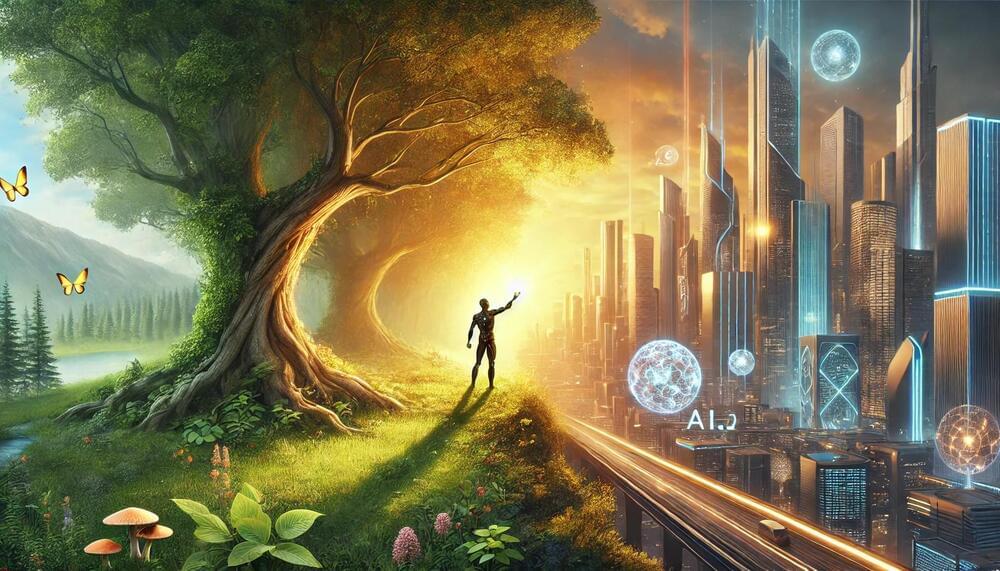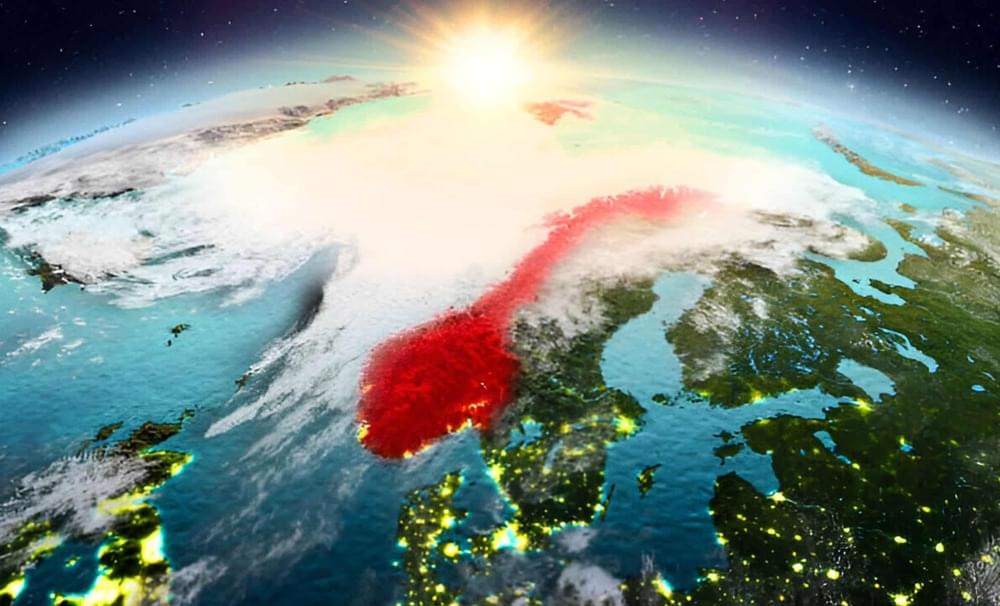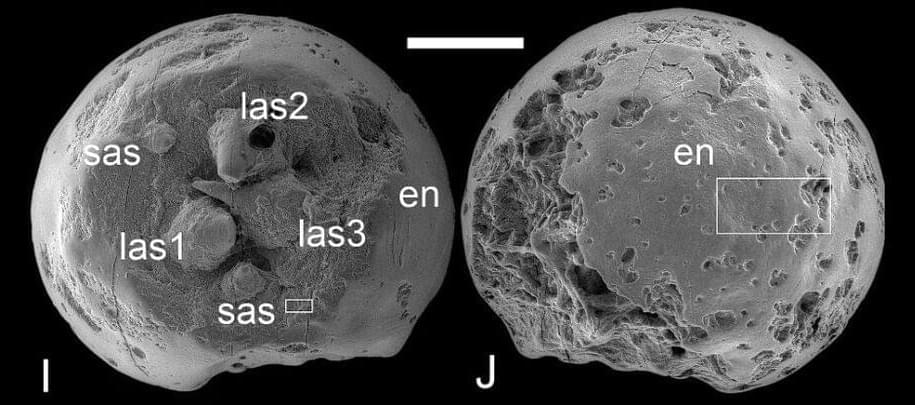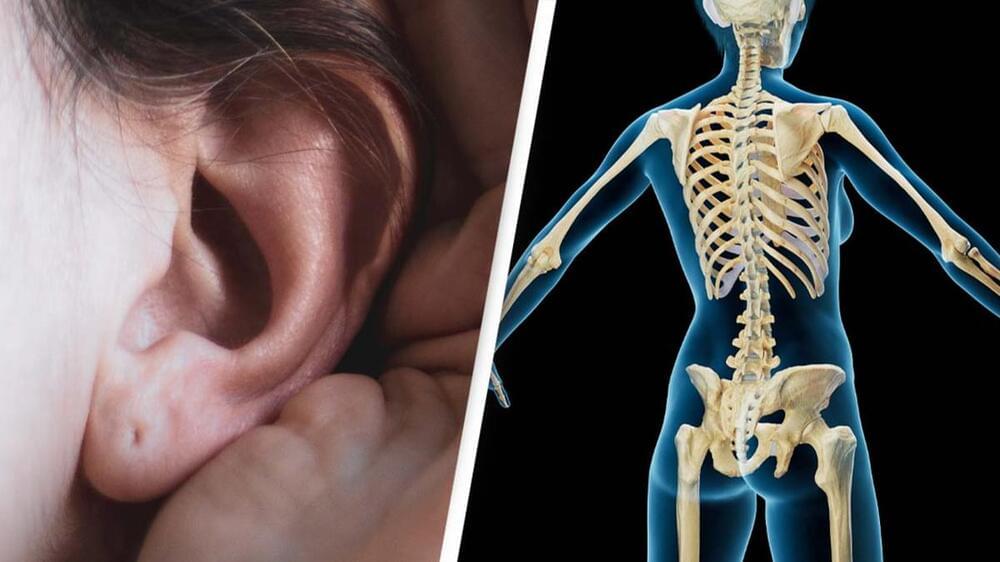
A giant anaconda, a vampire hedgehog, a dwarf squirrel, and a tiger cat were among the new species named by science in 2024. Found from the depths of the Pacific Ocean to the mountaintops of Southeast Asia, each new species shows us that even our well-known world contains unexplored chambers of life.
This year, in Peru’s Alto Mayo Landscape alone, scientists uncovered 27 new-to-science species, including four new mammals, during a two month expedition. Meanwhile, the Greater Mekong region yielded 234 new species, and scientists from the California Academy of Sciences described 138 new species globally. The ocean depths continued to surprise, with more than 100 potentially new species found on an unexplored underwater mountain off Chile’s coast. Two new mammal species were found in India this year, including the world’s smallest otter.
Scientists estimate only a small fraction of Earth’s species have been documented, perhaps 20% at best. Even among mammals, the best-known group of animals, scientists think we’ve only found 80% of species. Yet most of the hidden species are likely bats, rodents, shrews, moles and hedgehogs.

















